
If you're interested in building a DIY fast charging station, take a look at this article. With smartphones, tablets, laptops, and other devices becoming increasingly common, if all of them are charged simultaneously using their individual chargers, you'll quickly find that power strips are never enough.
If you think you can make a batch of 86-type fast charging panels and install them in areas with 24V power boxes in your home, be aware that not all locations have 24V power boxes. So, what should you do?
You can follow the instructions in this article to DIY a multi-output fast charging station that is easy to carry and move.
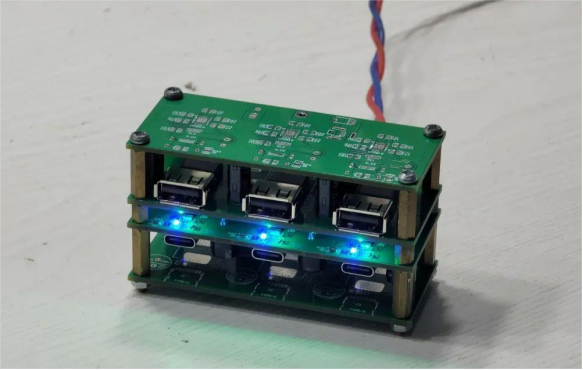
You can use a stacking method with 3 USB-A outputs at 3.6~12V3A and 3 USB-C outputs at PD65W.
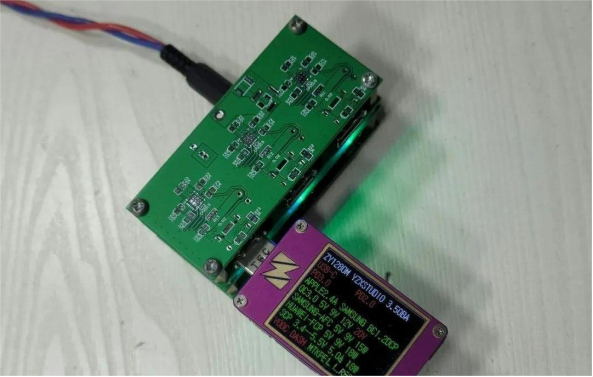
All output ports support the majority of mainstream fast charging protocols. Not only can you quickly charge smartphones and tablets, but you can also charge lightweight laptops. However, for gaming laptops, you'll need to use the original power supply, as they require 100W or even 200W of power.
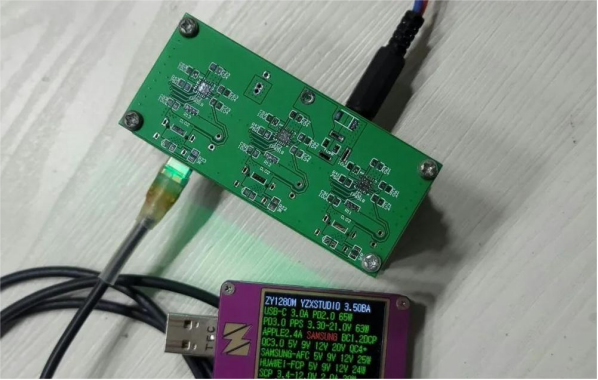
The USB-A ports use the IP6518 chip, while the USB-C ports use the SW3526 chip. If you don't have a chip that supports PD100W, you'll only be able to make a 65W version.
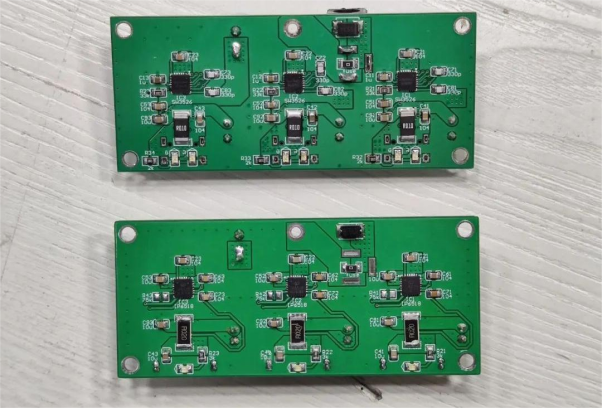
Each output is controlled by an independent chip, so you can use all the outputs simultaneously without any issues, as long as the input power is sufficient. The input power supply voltage should be between 20V and 32V, with higher power being better to meet your needs. This means that any location with a compatible power supply can be used.
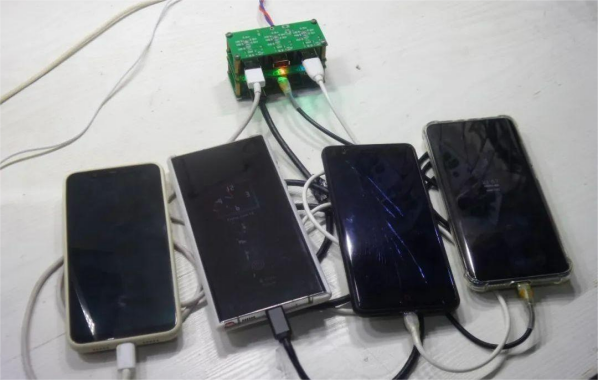
Since the PCB layout and size are identical, you can stack and connect multiple panels together in a "stacking" method. And if you need to create higher power outputs in the future, you can design additional PCBs of the same size to continue stacking them.
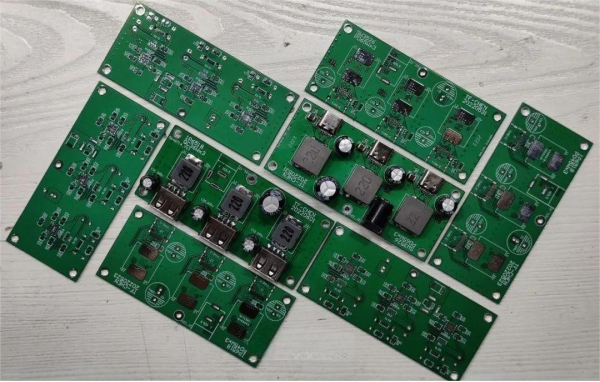
That's all!




